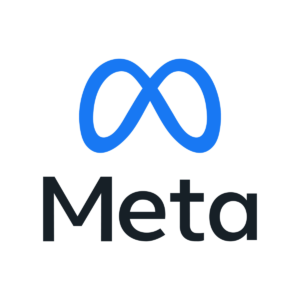New Techniques from Google DeepMind Aim to Mitigate Misleading Data in LLMs and Predict Unintended Knowledge Contamination

Introduction to Language Model Challenges
In today’s digital landscape, large language models (LLMs) have revolutionized how we interact with technology. Companies and researchers are extensively using LLMs for various applications, including chatbots, content generation, and more. However, these models can sometimes be misled by unexpected data, leading to inaccurate responses or "knowledge contamination." Google DeepMind is at the forefront of developing innovative techniques to predict and mitigate these issues.
Understanding Knowledge Contamination in LLMs
What is Knowledge Contamination?
Knowledge contamination occurs when a language model inadvertently incorporates inaccurate or misleading information into its knowledge base. This can happen for several reasons, including:
- Exposure to Biased Data: If the model is trained on data that contains biases or inaccuracies, it may reproduce those errors in its responses.
- Ambiguous Contexts: Language models rely on context to interpret queries accurately. Confusing or vague inputs can lead to misinterpretation.
- Novel or Rare Information: When presented with unfamiliar information or events, LLMs sometimes produce nonsensical or irrelevant responses.
Why Does This Matter?
Misleading outputs can significantly impact user trust and the reliability of applications relying on LLMs. This becomes particularly critical in sectors such as healthcare, finance, and education, where accurate information is essential.
Google DeepMind’s Innovations
To tackle these challenges, Google DeepMind has introduced several innovative strategies aimed at improving the robustness of language models against knowledge contamination.
Prediction Techniques
DeepMind’s research focuses on developing models capable of predicting when contamination might occur. Some key aspects include:
- Data Quality Assessment: Incorporating mechanisms that evaluate the reliability of the information within the training datasets.
- Context Analysis: Enhancing the models’ abilities to understand context and discern when information may be misleading or irrelevant.
Response Optimization
In addition to prediction, optimizing how models respond to queries is essential:
- Feedback Loops: Implementing structured feedback systems that allow users to report incorrect outputs can help refine the model’s accuracy over time.
- Dynamic Learning: Developing strategies for models to learn from real-time data inputs, allowing them to adapt more swiftly to new and corrected information.
Practical Applications
These new techniques can have several practical applications across different domains, including:
Customer Support
In customer service, LLMs are often employed as virtual assistants. With improved techniques, businesses can ensure their virtual agents provide accurate and helpful information, significantly enhancing user experience.
Educational Tools
In educational contexts, ensuring that learners receive accurate and relevant information is paramount. By utilizing these advancements, educational tools can offer more reliable answers and resources to students.
Content Creation
For content creation, accurate information is vital. Implementing the strategies developed by DeepMind ensures that generated content is factually correct, minimizing the risk of disseminating false information.
Moving Forward with Language Models
As LLMs continue to evolve, addressing the challenges of knowledge contamination is crucial. Through advanced predictive techniques and real-time response optimization, researchers and developers can improve the reliability of these powerful tools. The ongoing work by organizations like Google DeepMind will play a significant role in ensuring that language models serve as trustworthy instruments in various applications, from customer service to education and beyond.





